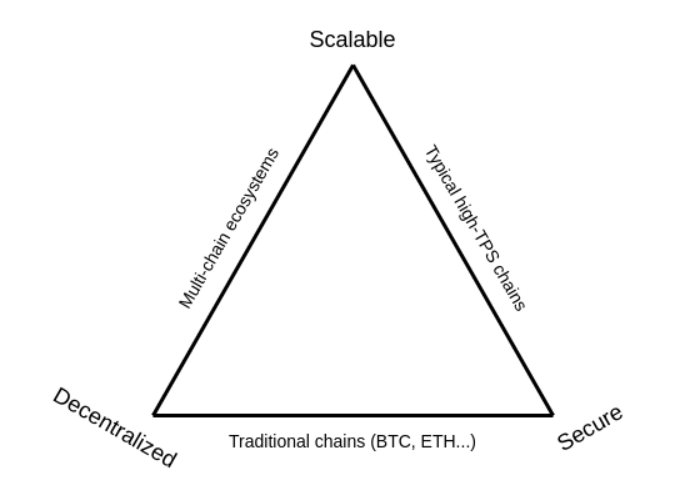
#DeFi 101: Liquidity pools 🧵👇
Liquidity pools are pools of tokens locked in smart contracts. They allow for trading to happen by providing liquidity.
Liquidity pools are pools of tokens locked in smart contracts. They allow for trading to happen by providing liquidity.
2. In Traditional Finance, market makers constantly buy and sell assets. This ensures that there is always a buyer and always a seller, allowing trading to happen.
3. In #DeFi, it’s not efficient or viable to have a market maker because every interaction costs gas and the number of transactions per second on #ETH is quite low.
4. Liquidity pools are #DeFi answer to this.
Liquidity pools usually hold two tokens. USDC and ETH is an example of an LP.
Providers are incentivized to provide equal amounts of each token. When the pool is created, the first LP is the one that sets the initial price.
Liquidity pools usually hold two tokens. USDC and ETH is an example of an LP.
Providers are incentivized to provide equal amounts of each token. When the pool is created, the first LP is the one that sets the initial price.
5. If the initial price of the LP is different from that of market price, it creates an opportunity for arbitrage. If that happens, the LP supplier would lose capital. Those who want to add to the pool have to maintain the same ratio.
6. When liquidity is added, the LP receives special tokens called tokens equal to how much liquidity they supplied.
In the liquidity pool, for each token swap, the price is changed by a pricing algorithm through an automated market maker (AMM)
In the liquidity pool, for each token swap, the price is changed by a pricing algorithm through an automated market maker (AMM)
7. The pool will always be able to provide liquidity. As the demand for a token increases, the algorithm increases the price.
• • •
Missing some Tweet in this thread? You can try to
force a refresh







